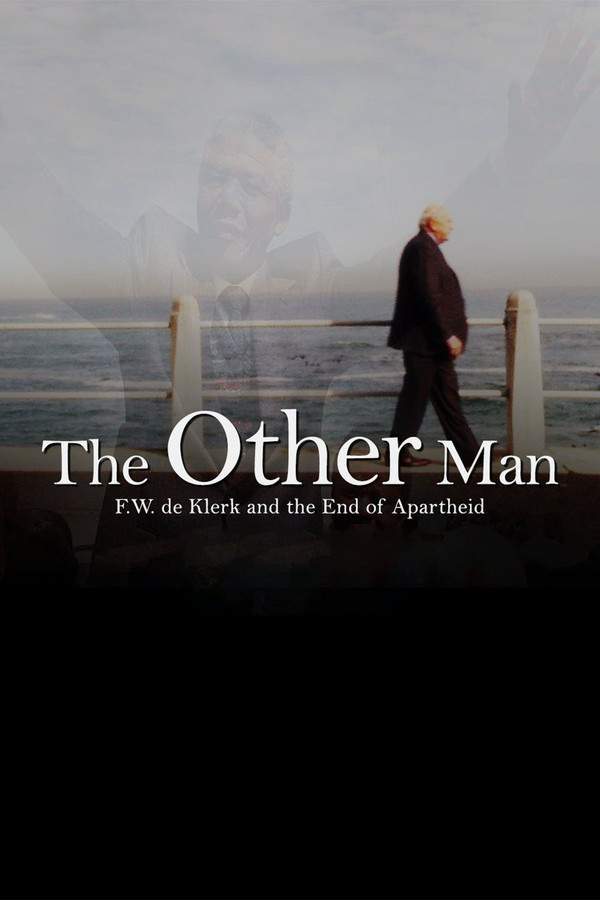
16 Acres
Year: 2012
Runtime: 95 min
Language: English
Director: Richard Hankin
Following the tragic events of 9/11, a significant undertaking began at Ground Zero, aiming to rebuild Lower Manhattan. This documentary explores the complex struggle for control and differing visions surrounding the project. Leaders, architects, and various stakeholders found themselves at odds, facing challenges fueled by personal ambitions and the realities of city politics. The film reveals the intricate network of interests that influenced the rebuilding of this historically significant and emotionally charged location.
Warning: spoilers below!
Haven’t seen 16 Acres yet? This summary contains major spoilers. Bookmark the page, watch the movie, and come back for the full breakdown. If you're ready, scroll on and relive the story!
Timeline – 16 Acres (2012)
Trace every key event in 16 Acres (2012) with our detailed, chronological timeline. Perfect for unpacking nonlinear stories, spotting hidden connections, and understanding how each scene builds toward the film’s climax. Whether you're revisiting or decoding for the first time, this timeline gives you the full picture.
Last Updated: October 25, 2024 at 11:02
Explore Movie Threads
Discover curated groups of movies connected by mood, themes, and story style. Browse collections built around emotion, atmosphere, and narrative focus to easily find films that match what you feel like watching right now.
Documentaries about Political Power Struggles like 16 Acres
Documentaries that dissect the complex conflicts behind major urban projects.Discover films like 16 Acres that explore the intricate battles over major architectural and urban projects. If you enjoyed the deep dive into the politics of rebuilding Ground Zero, you'll find similar stories of conflicting visions, stakeholder negotiations, and the complex interplay of memory and ambition in city planning.
Narrative Summary
Stories in this thread typically follow a multi-year process involving a diverse cast of stakeholders—politicians, architects, developers, and community members—whose competing visions and personal ambitions create a web of conflict. The narrative unfolds through negotiations, setbacks, and revelations, focusing on the process rather than a single individual's journey.
Why These Movies?
Movies are grouped here for their shared focus on the dramatic, real-world conflicts that emerge from ambitious construction or renewal projects. They share a journalistic, analytical tone that examines power dynamics and the difficult balance between memorialization, commerce, and civic duty.
Movies about Post-Tragedy Reckonings like 16 Acres
Stories examining the complex, fraught process of rebuilding after collective trauma.Find movies similar to 16 Acres that deal with the sobering aftermath of significant events. If you were captivated by the film's exploration of rebuilding Ground Zero, you'll appreciate these stories that examine how societies navigate grief, memory, and the challenging process of moving forward while honoring the past.
Narrative Summary
The narrative pattern involves a community or society confronting the practical and emotional aftermath of a devastating event. The story follows the struggle to find consensus on how to remember, rebuild, and heal, often highlighting the tension between different groups—such as victims' families, officials, and the public—and their conflicting needs.
Why These Movies?
These films are grouped by their heavy emotional weight and their thoughtful, contemplative approach to processing collective grief. They share a steady pacing that allows for a deep, analytical look at complex emotional and political landscapes, creating a sobering yet compelling viewer experience.
Unlock the Full Story of 16 Acres
Don't stop at just watching — explore 16 Acres in full detail. From the complete plot summary and scene-by-scene timeline to character breakdowns, thematic analysis, and a deep dive into the ending — every page helps you truly understand what 16 Acres is all about. Plus, discover what's next after the movie.
16 Acres Summary
Read a complete plot summary of 16 Acres, including all key story points, character arcs, and turning points. This in-depth recap is ideal for understanding the narrative structure or reviewing what happened in the movie.

Characters, Settings & Themes in 16 Acres
Discover the characters, locations, and core themes that shape 16 Acres. Get insights into symbolic elements, setting significance, and deeper narrative meaning — ideal for thematic analysis and movie breakdowns.

16 Acres Spoiler-Free Summary
Get a quick, spoiler-free overview of 16 Acres that covers the main plot points and key details without revealing any major twists or spoilers. Perfect for those who want to know what to expect before diving in.

More About 16 Acres
Visit What's After the Movie to explore more about 16 Acres: box office results, cast and crew info, production details, post-credit scenes, and external links — all in one place for movie fans and researchers.





